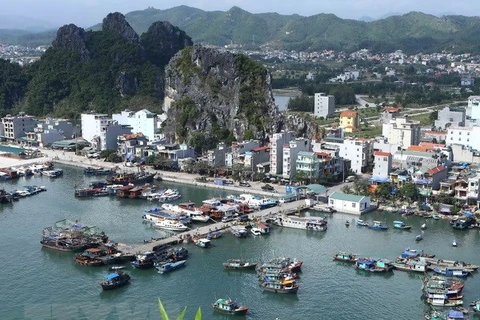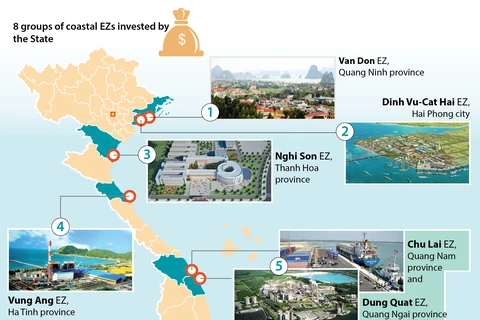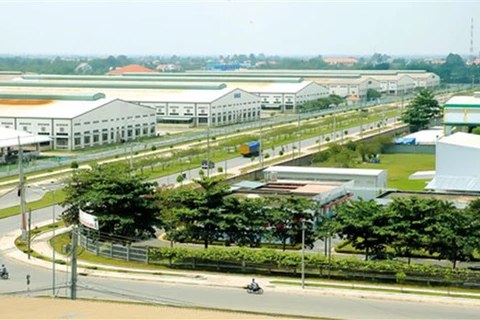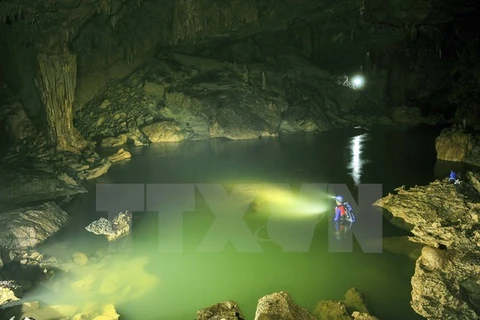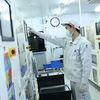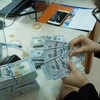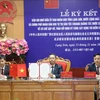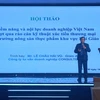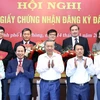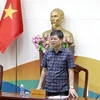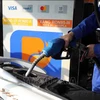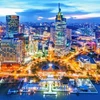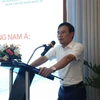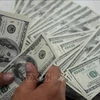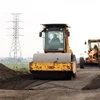Hanoi (VNA) – The total value of foreign and domestic investments in industrial and economic zones nationwide fell slightly in the first half of 2018.
According to a report by the Department for Economic Zones Management under the Ministry of Planning and Investment, Vietnamese industrial and economic zones attracted foreign direct capital in 445 projects worth nearly 7 billion USD and domestic direct investment in 259 projects worth 46 trillion VND (2.024 billion USD).
The fall in investment capital is due to fewer big-scale projects than the same period last year.
In the first half of 2017, Prime Minister Nguyen Xuan Phuc approved several big projects, including Hoa Phat group’s 60-trillion-VND (2.64 billion USD) steel production plant in the Dung Quat economic zone (Quang Ngai) and Samsung Display Vietnam’s expansion of its plant in the Yen Phong industrial park (Bac Ninh), which cost 2.5 billion USD.
Major projects in the first half of 2018 included a 1.2-billion-USD project on building a Polypropylene plant and underground storage system of Liquefied Petroleum Gas inside the Cai Mep industrial park (Ba Ria – Vung Tau).
Other key projects in the period were Laguna Ltd’s addition of 1.12 billion USD to its existing project within the Chan May – Lang Co economic zone (Thua Thien – Hue) and the Ramatex Nam Dinh textile-garment factory valued at 80 million USD in Bao Minh industrial park, Nam Dinh province.
In the first six months of 2018, authorities revoked the investment licence of Thu Thua industrial park in Long An province and approved proposals on building three more IPs which are Song Khoai, Yen My and Nam Tan Uyen industrial parks respectively located in Quang Ninh, Hung Yen and Binh Duong provinces.
To date, the country has 325 industrial parks, of which 231 are operational. The occupancy rate of operational IPs averages more than 73 percent.-VNA
VNA

